A fiber optic faceplate is a coherent multi-fiber plate, which functions as a zero-depth window, shifting a picture pixel by pixel (fiber to fiber) out of 1 face of this plate into another side. Fiber optic wall outlet may be implemented in FTTH access systems, telecommunication networks, CATV networks, and data communication systems, which can be utilized to deliver fiber to the desk and be used widely in multi-floor and large buildings. The fiber optic faceplate may be called fiber internet wall jack, and it uses the fiber adapter to provide the connection and disconnection for fiber optic cables. They are accessible with LC. SC, ST, FC adapters. The port number is usually 2 or 4 ports.
Fiber optic wall plates have different sizes. However, the most widely used fiber optic wall plates have a dimension of 86mm*86mm. The design of this fiber optic wall socket also varies according to various applications. There are mostly three layouts: straight, box, and angled fiber optic outlets.
1.The straight fiber optic wall plates commonly apply in offices and buildings. They can provide the architectural layout for in-wall and cosmetic installations.
2.The box-type fiber optic outlets are ordinarily utilized in FTTH applications to give simple linking surroundings and safe places for fiber patch cable storage. Most FTTH box type fiber optic wall outlet usually two ports, one for f cable, another for fiber patch cord.
3.The angled fiber optic wall plate has better performance to lower the bend loss cause the fiber patch cable could have a smaller bend radius after connected to those wall plates.
In general, fiber wall plate is used to create a fiber optic network at home. In many case, they are installed in the wall. They provide easier and safer connection between feeder cable and fiber patch cable that is linked to the target optical device. Customers should select the right types of fiber optic wall plate to ensure the performance and connection of the fiber links.

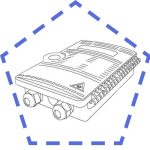 Fiber Optic Termination Boxes
Fiber Optic Termination Boxes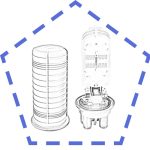 Fiber Optic Splice Enclosures
Fiber Optic Splice Enclosures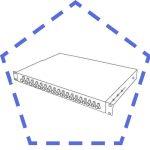 Fiber Patch Panels
Fiber Patch Panels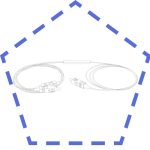 Fiber Optic Splitters
Fiber Optic Splitters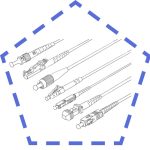 Fiber Optic Pigtails
Fiber Optic Pigtails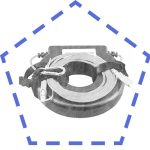 OTDR Launch Cables
OTDR Launch Cables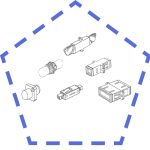 Fiber Optic Adapters
Fiber Optic Adapters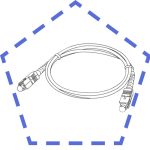 Fiber Optic Patch Cords
Fiber Optic Patch Cords